Recognizing gemstones is an art and takes some practice. How do you distinguish a real gemstone from the fake ones? Get to know genuine crystals in our blog.
Gemstone identification isn’t always easy. Many gemstones are altered to look like more valuable stones or even counterfeited. As long as you’re aware that the stone you’re buying is more beautiful than valuable, it’s fine! Yet it often happens that – intentional or not – sellers incorrectly label their gems. Imagine thinking you’re holding a lovely piece of Citrine, only to discover later that it’s actually a heated Amethyst. What a disappointment! Even worse, plastic or synthetic resin is often sold as Amber. That’s why it is important that you know how to recognize crystals and gemstones for yourself. We explain everything in this blog!
Why Gems and Crystals are Processed
Gemstones are beloved and precious objects because of their appearance. Clear stones with a sparkly color are usually more expensive than opaque less shiny ones. For many people, gemstones that are naturally transparent and shimmering are too expensive. That is why altered, less valuable gemstones often substitute more expensive crystals. Through various processing techniques, gemstones can look more beautiful and more valuable than they actually are. Processed gemstones can look nearly identical to expensive unprocessed crystals and yet be far cheaper. Because of this, identifying rocks and gems isn’t as easy as it sounds!
How Gemstones are Processed
Several techniques help to enhance natural gems:
- Heat
- Irradiation
- Painting / Tinting
- Stabilization
- Reconstitution
Heating Gems
Certain types of crystals change color when heated. For example, at a high enough temperature, Amethyst turns a deep yellow to yellow-green. Unfortunately some people try to sell heated Amethyst as the more expensive gemstone, Citrine. They can look so much alike that it’s hard to tell them apart with just the naked eye.
Irradiated Gems
Some stones change colors when they are irradiated with X-rays. Transparent Topaz can therefore turn light blue to even brown. Blue Topaz is very rare in nature and thus very expensive. So be cautious if you find blue Topaz for a bargain, it’s probably irradiated!
Painted and Tinted Gemstones
Other stones are simply painted or tinted. This is very common with Agate. Tinted Agate is is available in the brightest colors of pink, purple, green, blue and red. The gemstone Turquoise is often imitated by dyed Magnesite or Turkenite. Jade can also be difficult to recognize. The value of Jade is dependent on its color, so sometimes even real Jade is dyed to a more desirable color! Painted Quartz or Dolomite come in every color of the rainbow. However, be cautious the color of painted stones could quickly fade or yellow.
Stabilized Gems
Stabilizing is very practical for fragile crystals that crumble easily. Delicate stones such as Turquoise and Black Tourmaline become stronger and more resistant to damage with a resin or epoxy coating. The resin is often the same color as the stone, and is difficult to see with the naked eye.
Reconstituted Gemstones
Reconstituting gemstones is a process where natural stones are ground into small pieces and then glued together again. Bead or pendant production commonly uses reconstitution. These stones are smooth and even. The process is very common with Azurite, Malachite and Turquoise.
How to Identify Crystals: Natural or ‘Fake’
Due to the many different treatments, ‘real’ or ‘fake’ gemstones is a little too general. We saw that Jade, for example, can be both real and yet altered. On the other hand, crystals that occur in nature can be perfectly reproduced artificially in labs! Here are a few more helpful categories:
- Treated Gemstones
- Synthetic stones
- Imitations
Treated Gemstones
Natural gemstones often do not have the color or clarity we want. Gemstone processing improves the quality. The coloring processes above are examples of treatment.
Synthetic Gemstones
Because of their value, precious gemstones such as Diamond, Ruby, Sapphire and Emerald are often synthetically copied . In the nineteenth century, a French chemist developed a special furnace with which he could make large crystals of Corundum from pure Alum: the raw material of Ruby. Ever since then, scientists have been perfecting ways to produce gems in labs. There are always some small differences between synthetic and natural gemstones. For example, natural gemstones almost always have some small imperfections. Also Ruby has a deeper red color and a livelier appearance than produced crystals.
Imitation
Imitation stones are glass, plastic or synthetic resin, sold as gemstones. A common imitation is plastic or resin mascaraing as Amber. You can recognize real Amber because it sinks in fresh water and floats in salt water. Perhaps a bit difficult to test in the store, but try it when you get home. In addition, plastic peels and scratches much more easily than real Amber. Something else to watch out for, Amber can contain dead insects or even larger animals such as scorpions and small lizards. Real Amber with such special inclusions can easily cost thousands of euros. If you get your hands on a piece like this for a bargain, then you know it’s probably not genuine.
Semi-Precious Stones
Gemstones with high commercial value that do not belong to the precious gemstones Diamond, Ruby, Sapphire and Emerald are often labeled as semi-precious stones. Semi- precious is actually an obsolete category. You can simply call the other types – from Agate to Sunstone –gemstones. Recognizing semi-precious stones is therefore the same as recognizing ‘real’ gemstones. There is no difference.
How to Recognize Gemstones as Authentic
You can recognize rough gemstones because they often less bright in color and a bit coarse: it’s pretty easy. But what about worked stones? Recognizing a real gemstone is something that takes practice. To a large extent it comes down to experience. When you’ve held certain gems, you learn to recognize how they look and feel in your hand or on your skin. Ultimately, it’s best to ask an expert for advice, but there are also a few things to keep in mind:
- Price and quality
- The way the stone feels
- Inclusions and bubbles
Price and Quality
If you see a gem that is cheaper than expected, it probably isn’t “real”. Actually, as with many things applies: if it costs nothing, it probably is nothing…
How Does the Stone Feel
You can recognize glass by holding the ‘gem’ against your tongue or cheek. Glass feels warmer than a real gemstone. Gems tend to be cool. Weight is also important. Garnet is naturally heavy, so if the Garnet in your hand is light, you could be holding a fake! Some people might even feel the energy of the stone. However, it is important to remember that not feeling energy doesn’t necessarily mean that it isn’t real. The stone could also be ‘drained’ and need recharging. Or maybe its vibe just doesn’t match your energy. Also remember your intuition: if something doesn’t feel right, then it often isn’t!
Inclusions or Bubbles
Gemstones often have inclusions, but never perfect bubbles. Glass, on the other hand, often has beautiful round bubbles. So if you discover a nice bubble in your stone, alarm bells should go off. Glass also refracts light differently than natural gemstones. But watch out for Obsidian, a glass like stone. Some people confuse it with glass impostors, but Obsidian is not frequently imitated. If you think you recognize Obsidian, there’s a good chance you’re right.
Check Out Our Extensive Collection of Gemstones and Minerals
More About Gemstones
Now that you know all the ins-and-outs of identifying real gemstones, you can start looking for the perfect gemstone for you! Our blog Which Crystal Do I Need? tells you exactly what to keep in mind when picking out your crystals. Not convinced yet? Then maybe try Choosing A Gemstone Through the Power of Color or Find Out More About Your Birthstone. You will find crystal clear energy at Spiru!
-
Amethyst (medium)
€11,99 -
Treasure Chest with Gemstones (200 grams)
€13,99 -
Rough Angel Aura Quartz – Medium
€14,99 -
Gemstone Rough Black Tourmaline
€5,99 -
Jumbo Gemstone Labradorite Large
€8,99 -
Gemstone Rough Rock Crystal
€3,99 -
Golden Triangle Gemstones in Bag (Large)
€6,99 -
Gemstone Chip Bracelet Citrine (5-10 mm Stones)
€5,99 -
Tumbled Stone Yellow Onyx
€1,49 -
Tumbled Stone Lapis Lazuli
€2,29


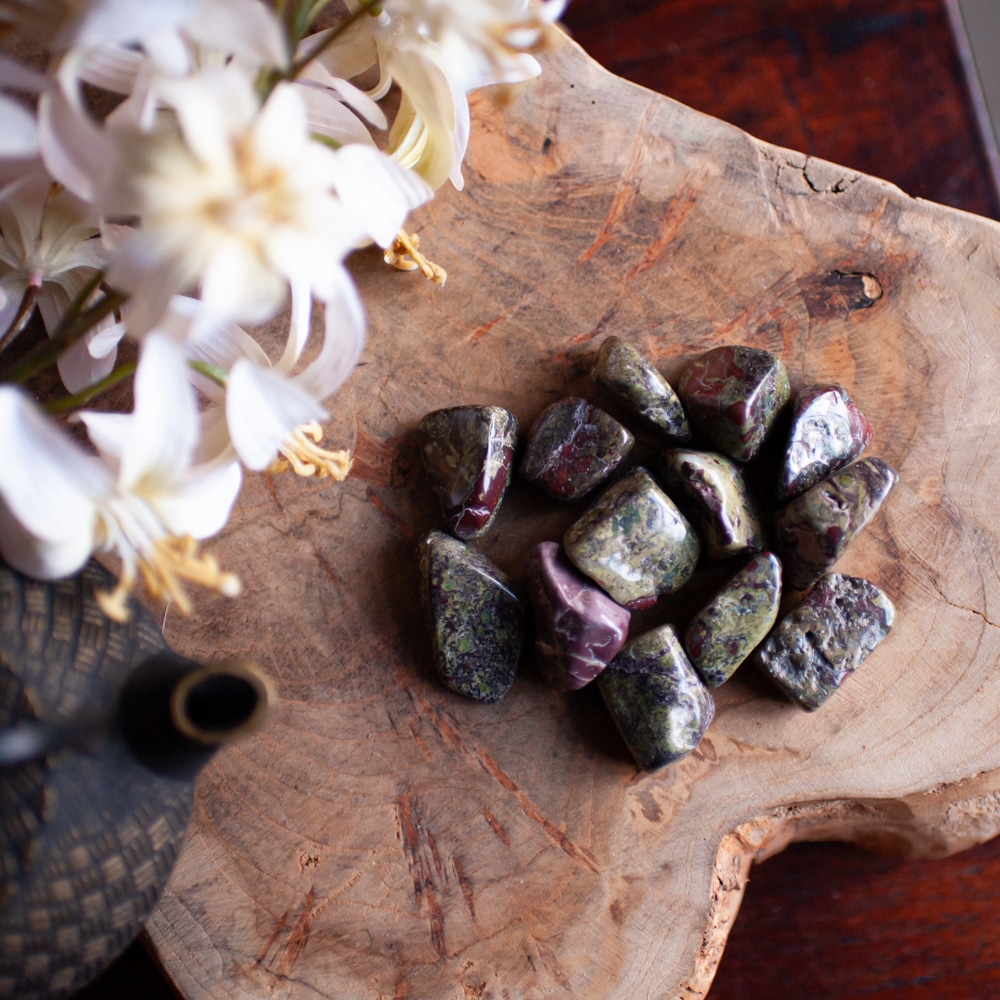
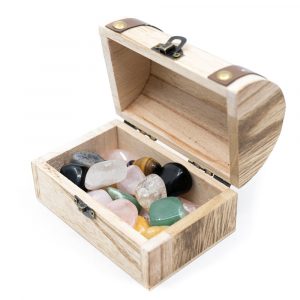
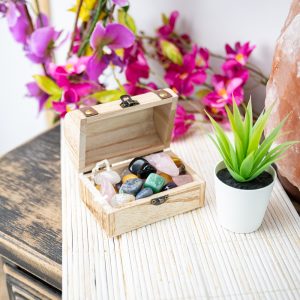
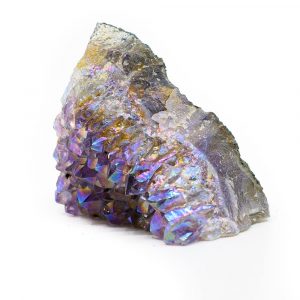
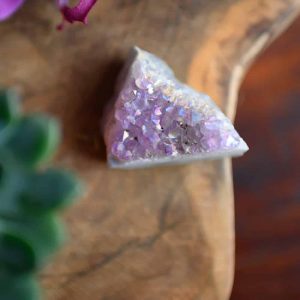
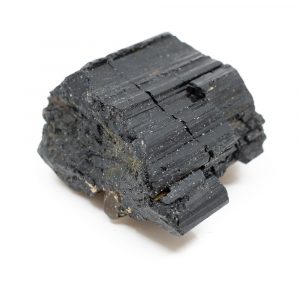
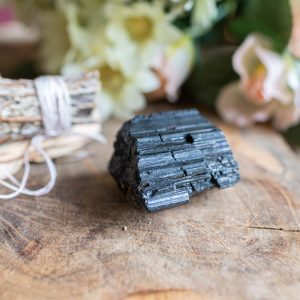
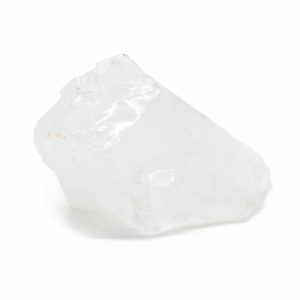
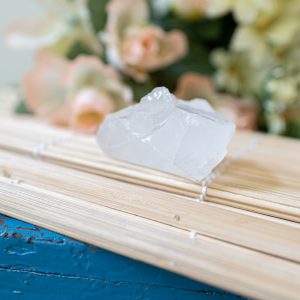
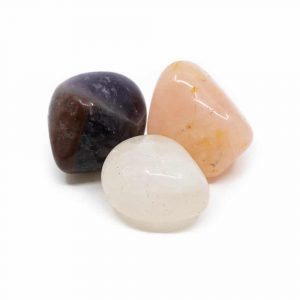
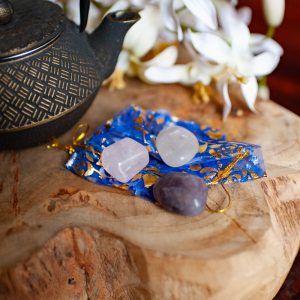
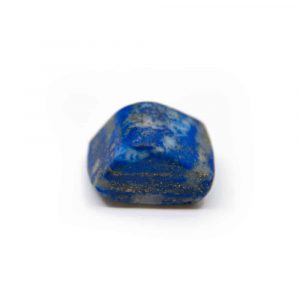
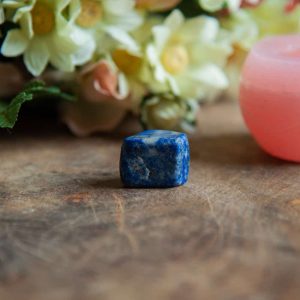
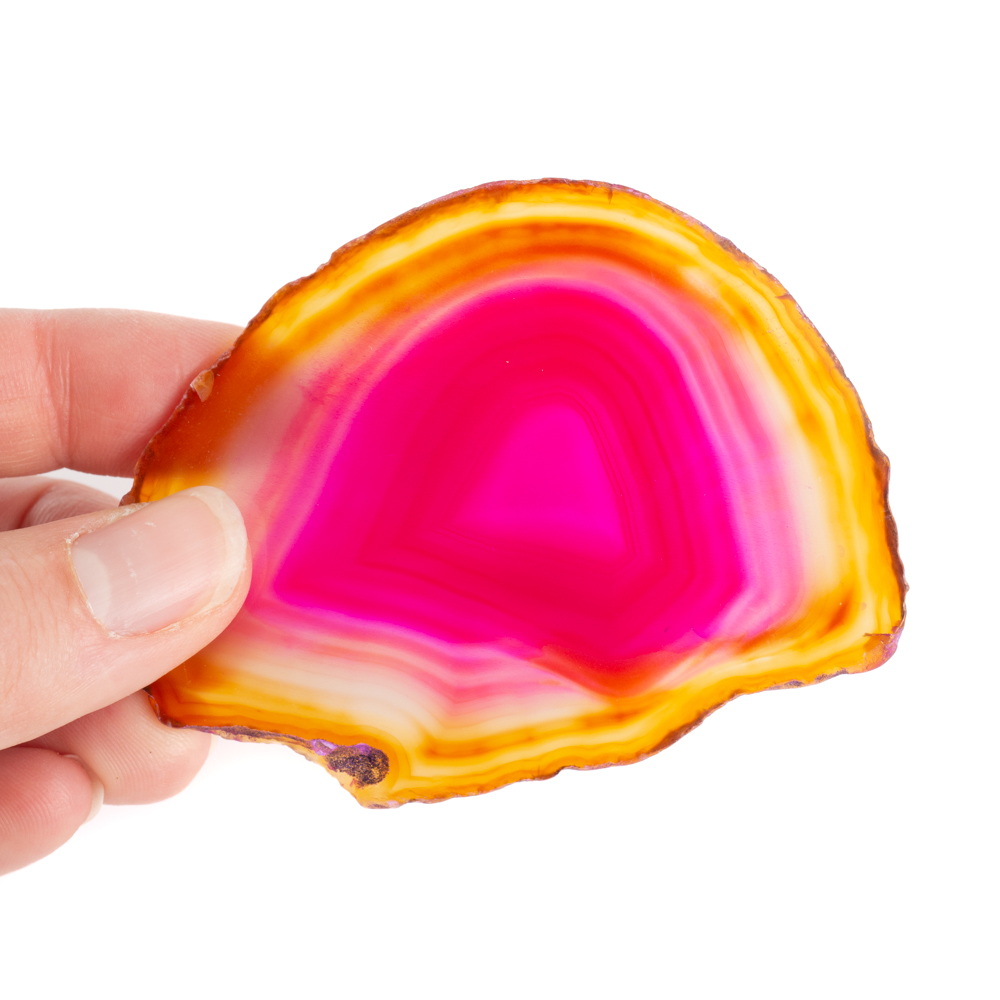
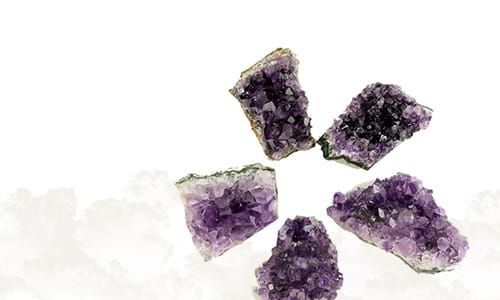
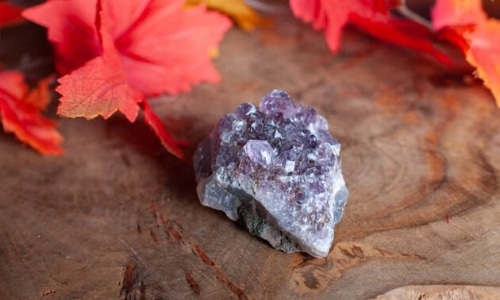
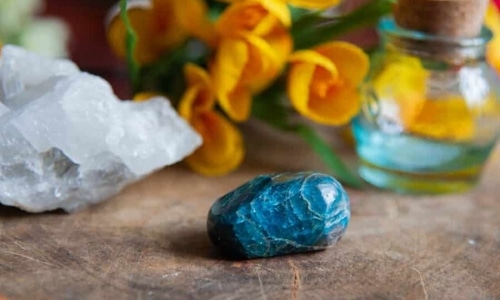
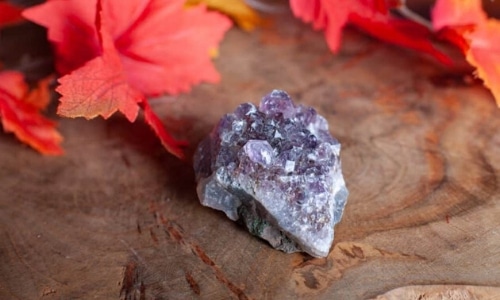
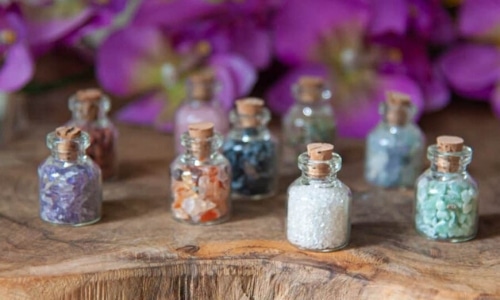
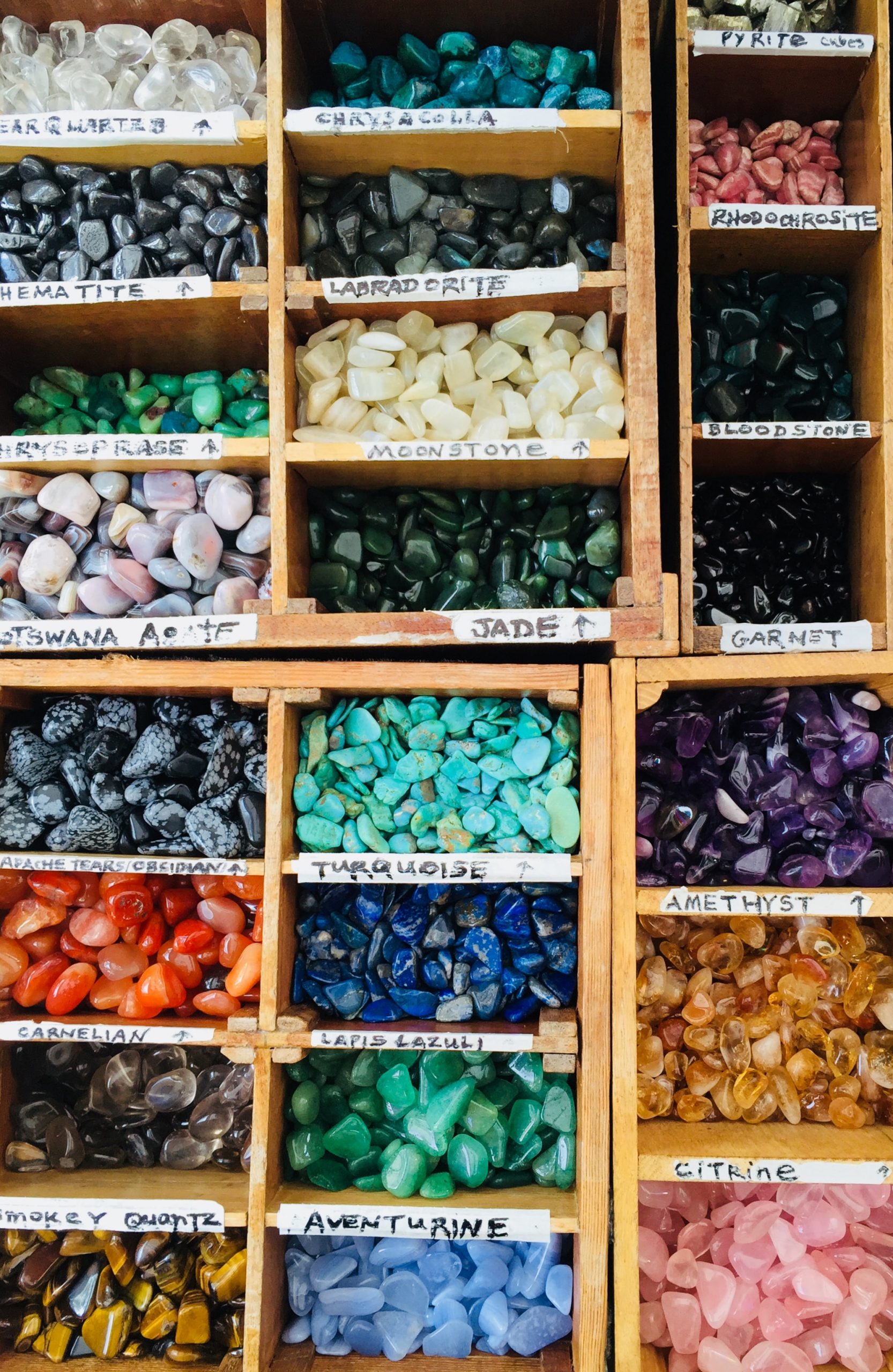
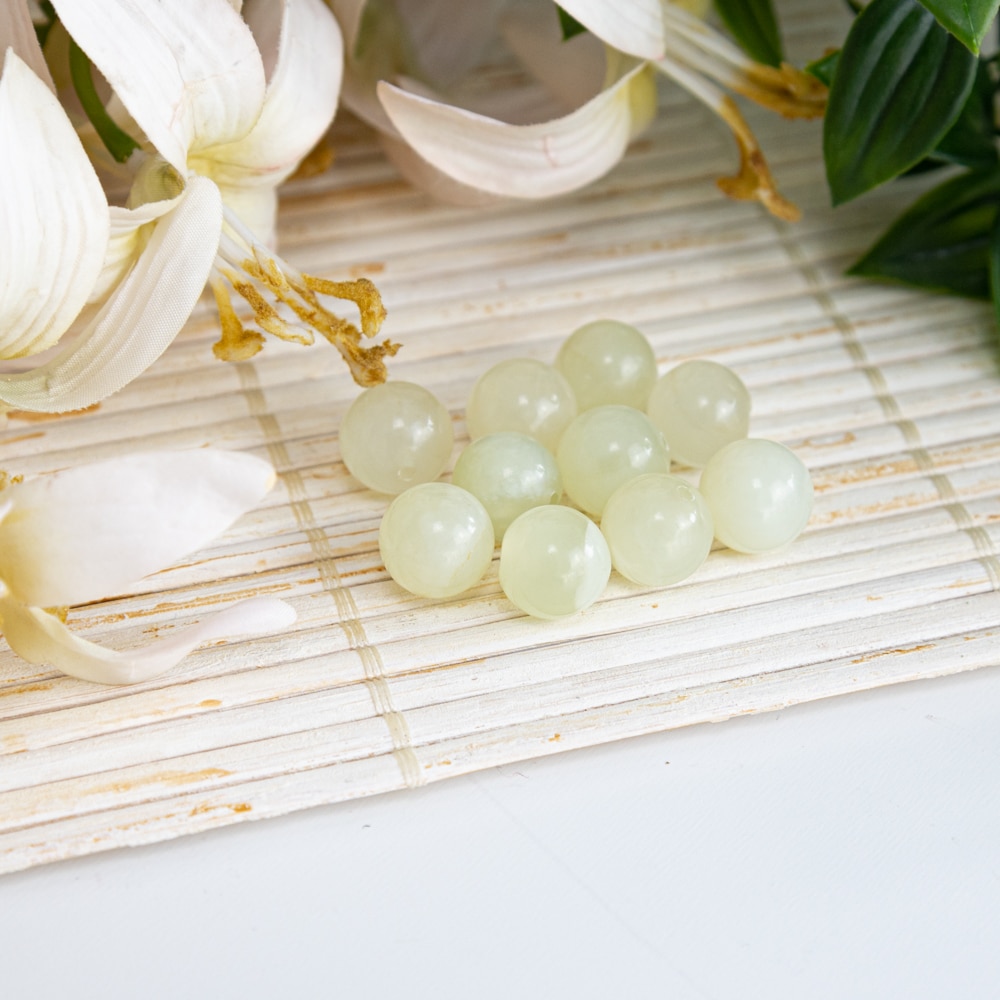
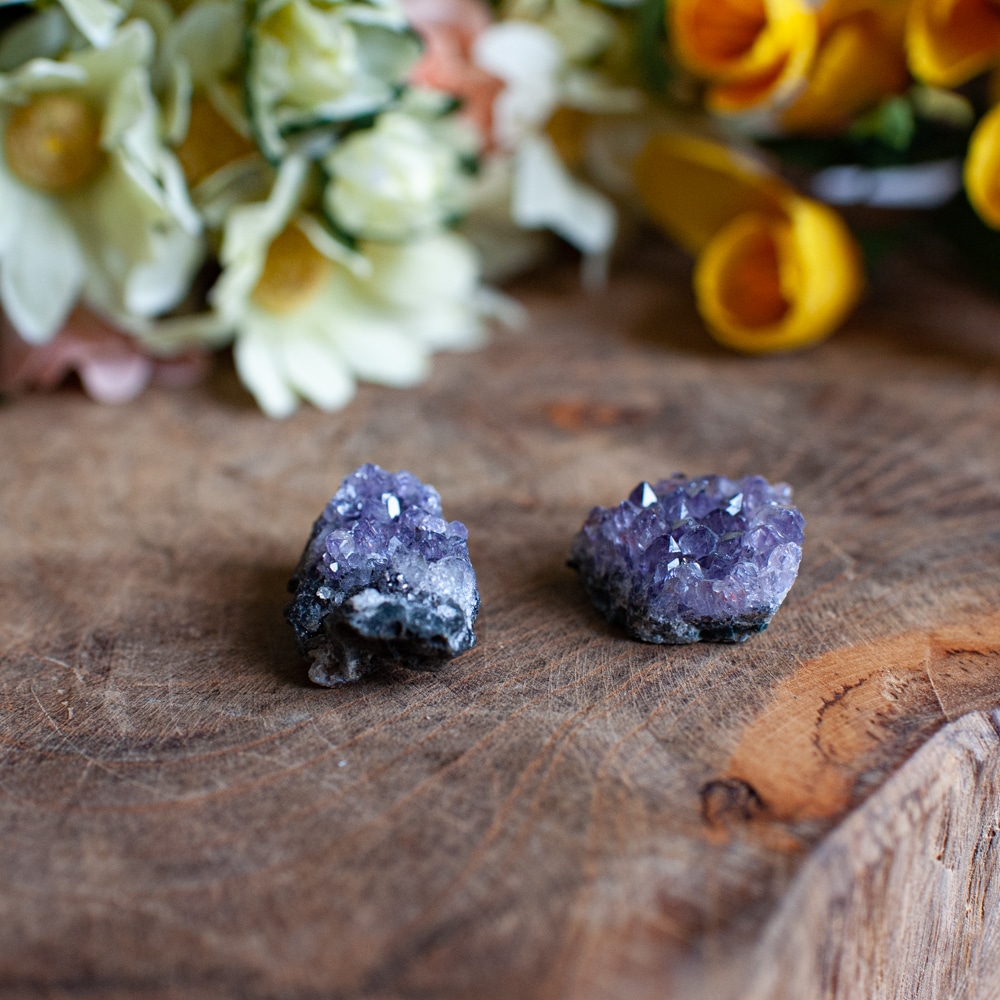
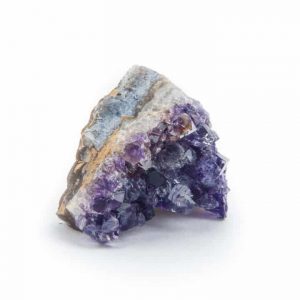
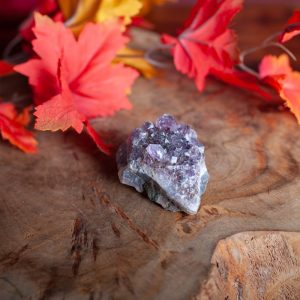
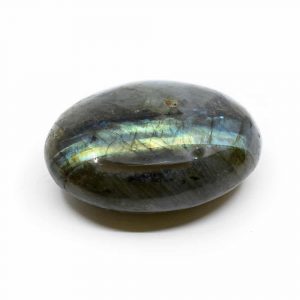
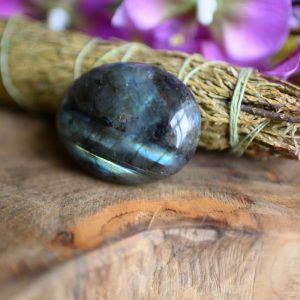
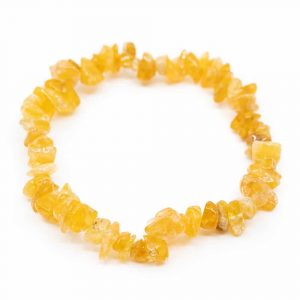
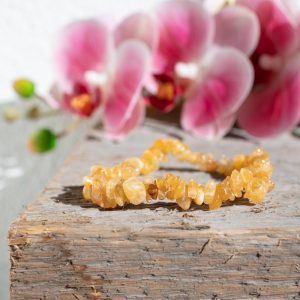
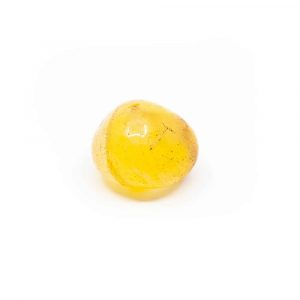
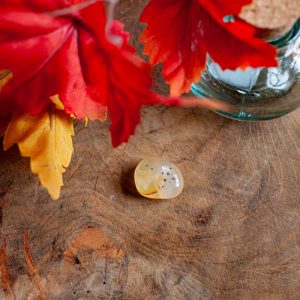
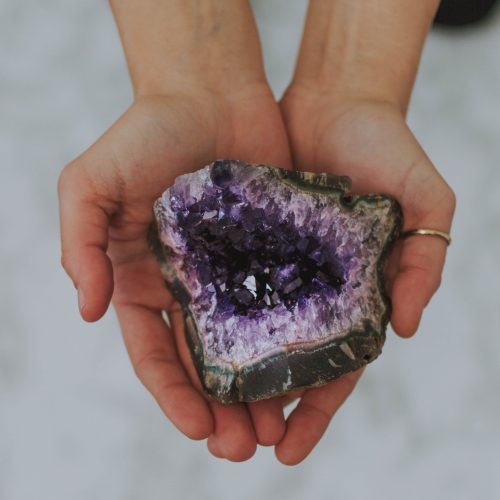
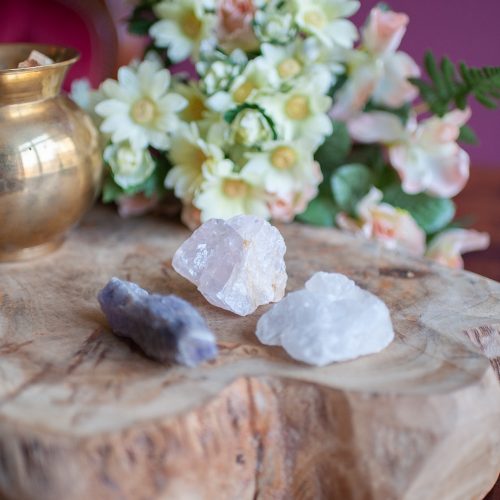
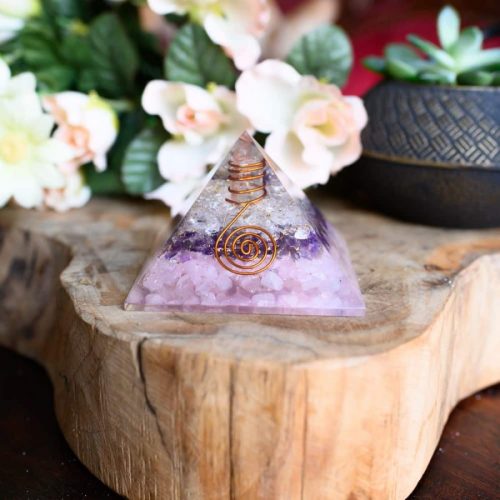

 Nederland
Nederland
 België
België
 Deutschland
Deutschland
 Europe
Europe
 España
España
 Sverige
Sverige
 Français
Français